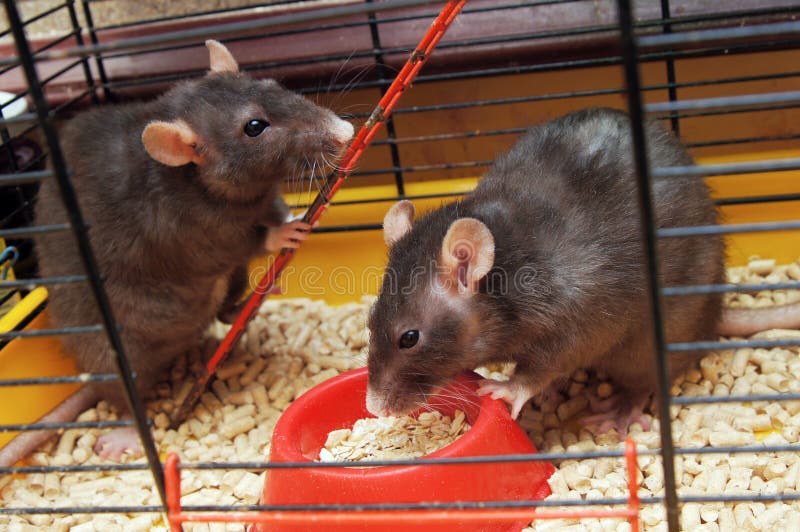

You may notice small, dark, pellet-shaped droppings along main rat pathways. Rats leave droppings behind as they move through your home. Noticing either of these signs is an indication that rats are in the building. They’re also very loud – making squeaking, scratching, and rustling noises as they move throughout your home. If you think you might have a rat infestation in your home, look for these tell-tale signs: 1.

4 Signs Of A Rat Infestation In Your Home People can also breathe in infected flea dirt or rub it into their eyes. The poop (also called flea dirt) can then be rubbed into the bite wound or other wounds, causing infection. When an infected flea bites a person or animal, the bite breaks the skin, causing a wound. Fleas become infected when they bite infected animals, such as rats, cats, or opossums. Flea-borne typhus spreads to people through contact with infected fleas. According to the Centers for Disease Control and Prevention (CDC):įlea-borne (murine) typhus is a disease caused by a bacteria called Rickettsia typhi. They’ve recently been shown to be carriers of Hepatitis E and infecting people with the strain. Rats are famous for carrying a variety of dangerous diseases. Increasing rat populations also puts you at risk of contracting rodent-borne illnesses. Considering rats have a gestational period of less than a month, it’s easy to see how populations quickly get out of control.Īs rat populations start to grow in or around your home, you’ll also notice an increase in droppings and damage. Rats Reproduce Rapidlyįemale rats can mate up to 500 times in just six hours, and brown rats can give birth to up to 2,000 babies in a single year – with up to 22 young in a single litter. They’re also famous for making nests inside of and under appliances. In homes, rats will take refuge under furniture, behind walls, or in dark, seldom-used corners of the house. In the wild, rats get the shelter they need from weeds, grasses, and other plants. When they need to drink water, rats can usually find enough in drains, pet dishes, or the condensation in the pipes or walls. This is because they consume enough water in the foods they eat. Rats can survive for a month or more without directly drinking water. Although rats are best known for scavenging through trash and eating food that’s left out, some rats will kill small animals like birds and lizards for food. Rats are omnivores, so they’ll eat anything available to them. As long as humans are around to give rats the following three things, they’ll thrive: Food Rats are challenging pests to control since they live everywhere. Rats can range from small – about 5 inches in length – to a truly frightening version that’s about the size of a large housecat and can weigh five pounds or more. According to the Integrated Taxonomic Information System (ITIS), more than 60 rat species exist.

Rats are medium-sized, toothy rodents that originated in Asia and Australia and spread throughout the world. Most people are familiar with what rats look like, but let’s do a deeper dive on where they live, how they choose a habitat, and what they eat:


 0 kommentar(er)
0 kommentar(er)
